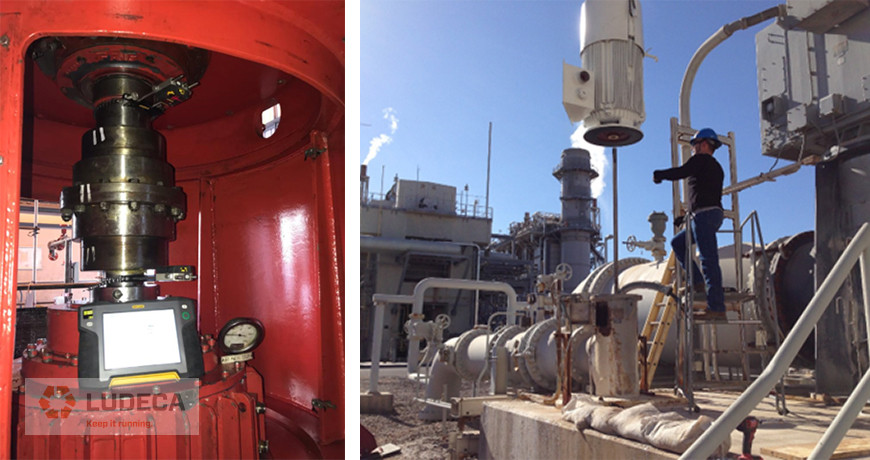In industrial facilities, the efficient operation of condensate pumps is crucial for maintaining production processes and avoiding costly downtime. Proper alignment is a crucial aspect in maintaining the performance of these pumps, with vertical alignment playing a critical role.
When aligning a vertical condensate pump, there are several key considerations to keep in mind. Here are a few:
- Shaft Alignment: The alignment of the pump and motor shafts is crucial for ensuring smooth operation and preventing excessive wear and tear on the components. Any misalignment can lead to increased vibration and potentially cause premature pump or motor failure.
- Base Plate Flatness: The base plate on which the pump is mounted must be level and flat to provide a stable foundation for the pump. A distorted or uneven base plate can cause misalignment and compromise the performance of the pump.
- Pump Shaft Bearings: Condensate pumps are typically assembled and bored in one operation to ensure bearing alignment. The pump components should be marked and pinned prior to bearing and pump shaft inspection to prevent misalignment during reassembling as the components may not be properly indexed to each other.
- Coupling Consideration: A condensate pump usually has a rigid type of coupling that supports the pump shaft. The coupling must be disengaged and the pump shaft should be centered to the bearing housing. The shaft alignment should then be checked between the static pump shaft and the rotatable motor shaft. If the coupling is flexible (such as a gear-type coupling as shown below), the measurement can continue using alignment methods that involve rotating both shafts.

By considering these best practices, you can ensure the optimal performance and longevity of your vertical condensate pump. Regular maintenance and alignment checks can also help maintain performance and prevent costly downtime.
Laser Alignment for a Vertical Water Pump with Easy-Laser XT
Filed under:
Alignment by Daus Studenberg CRL
